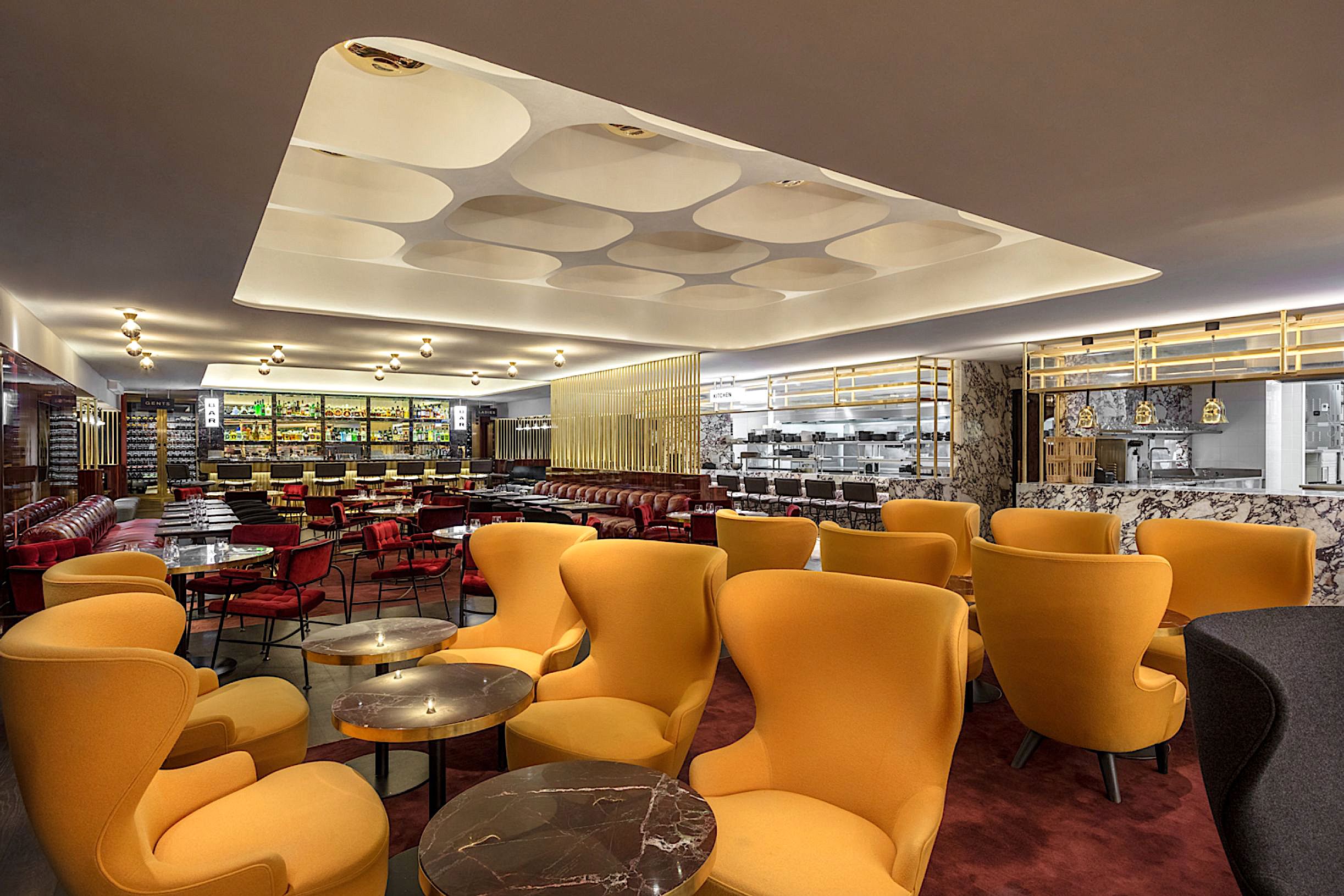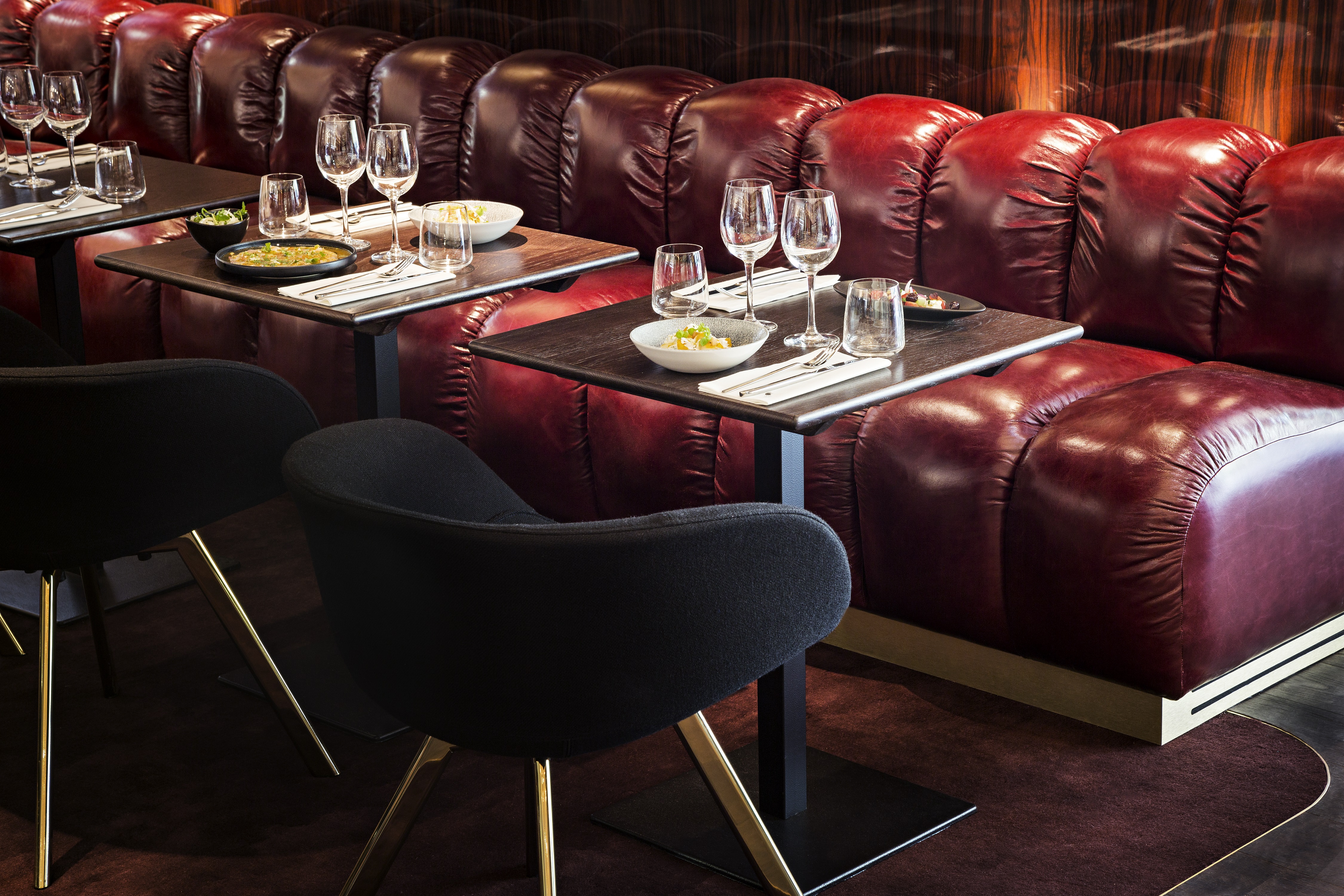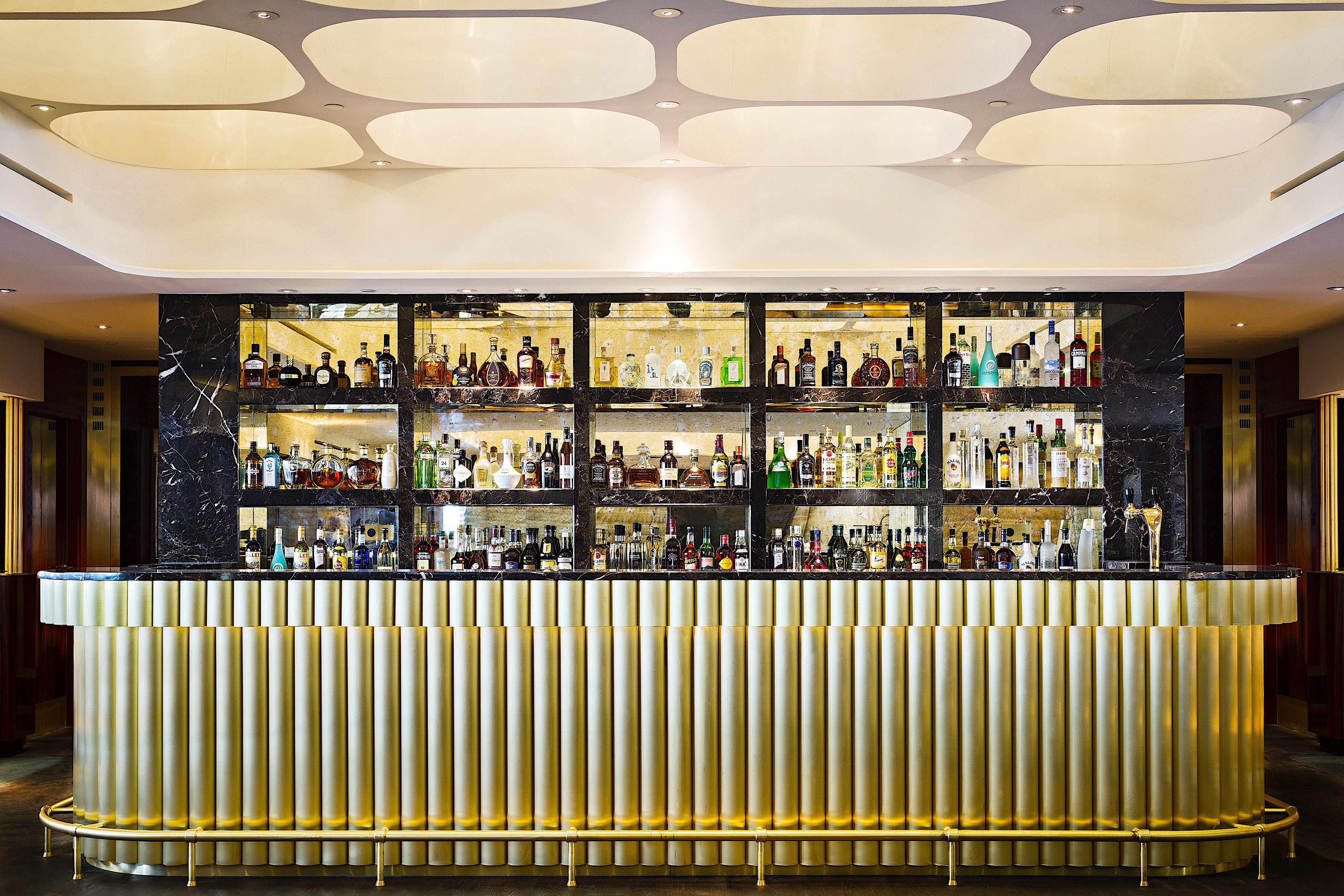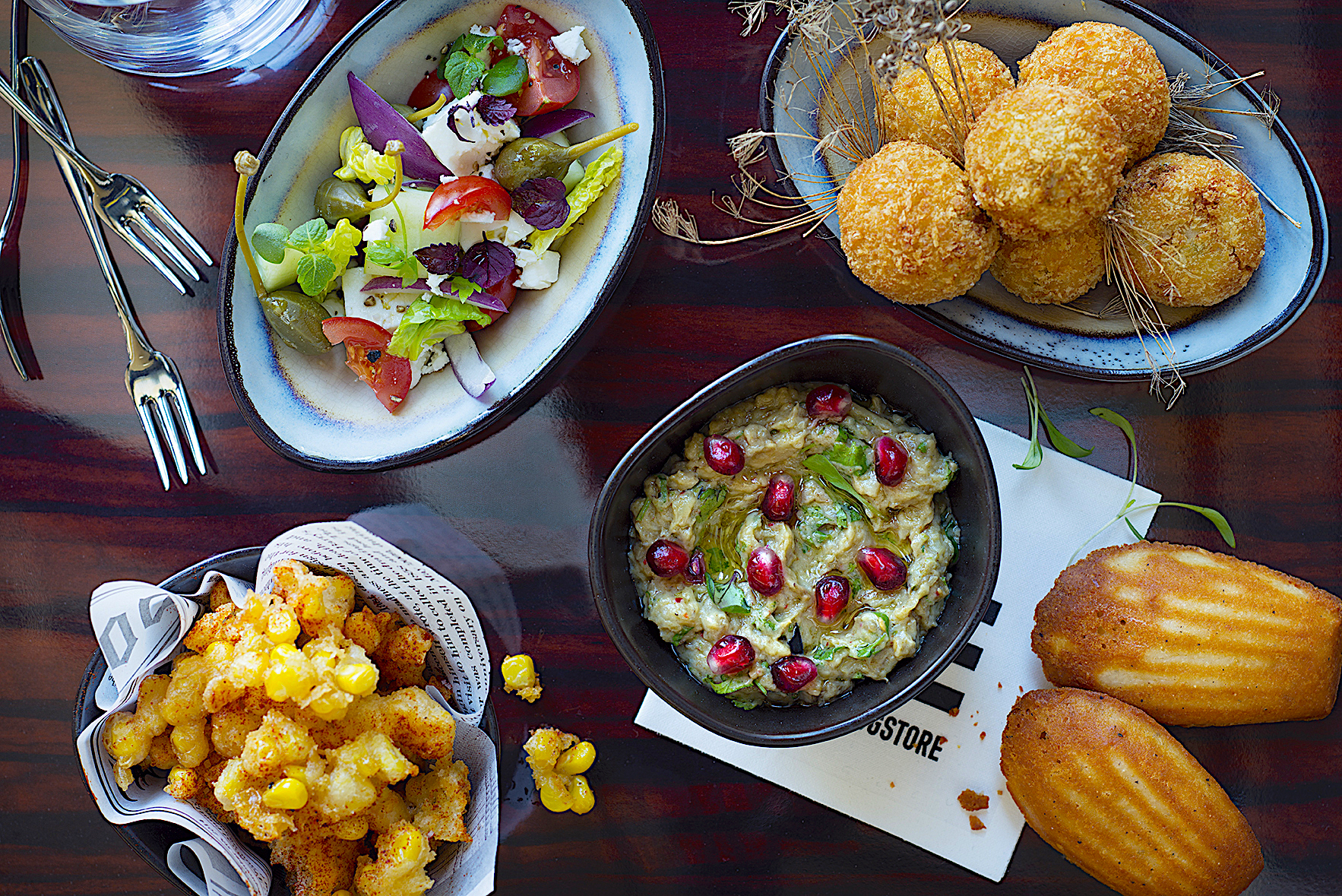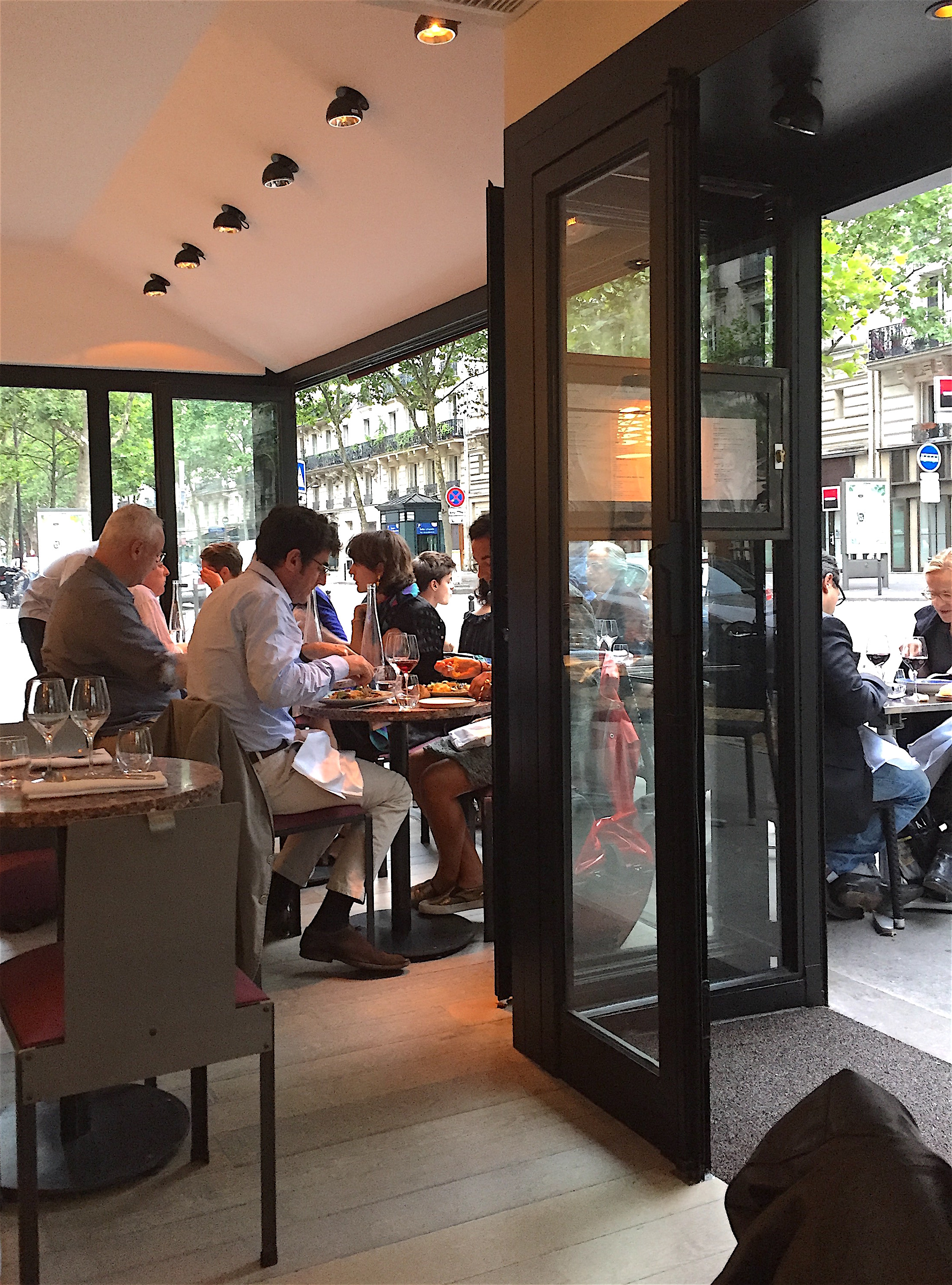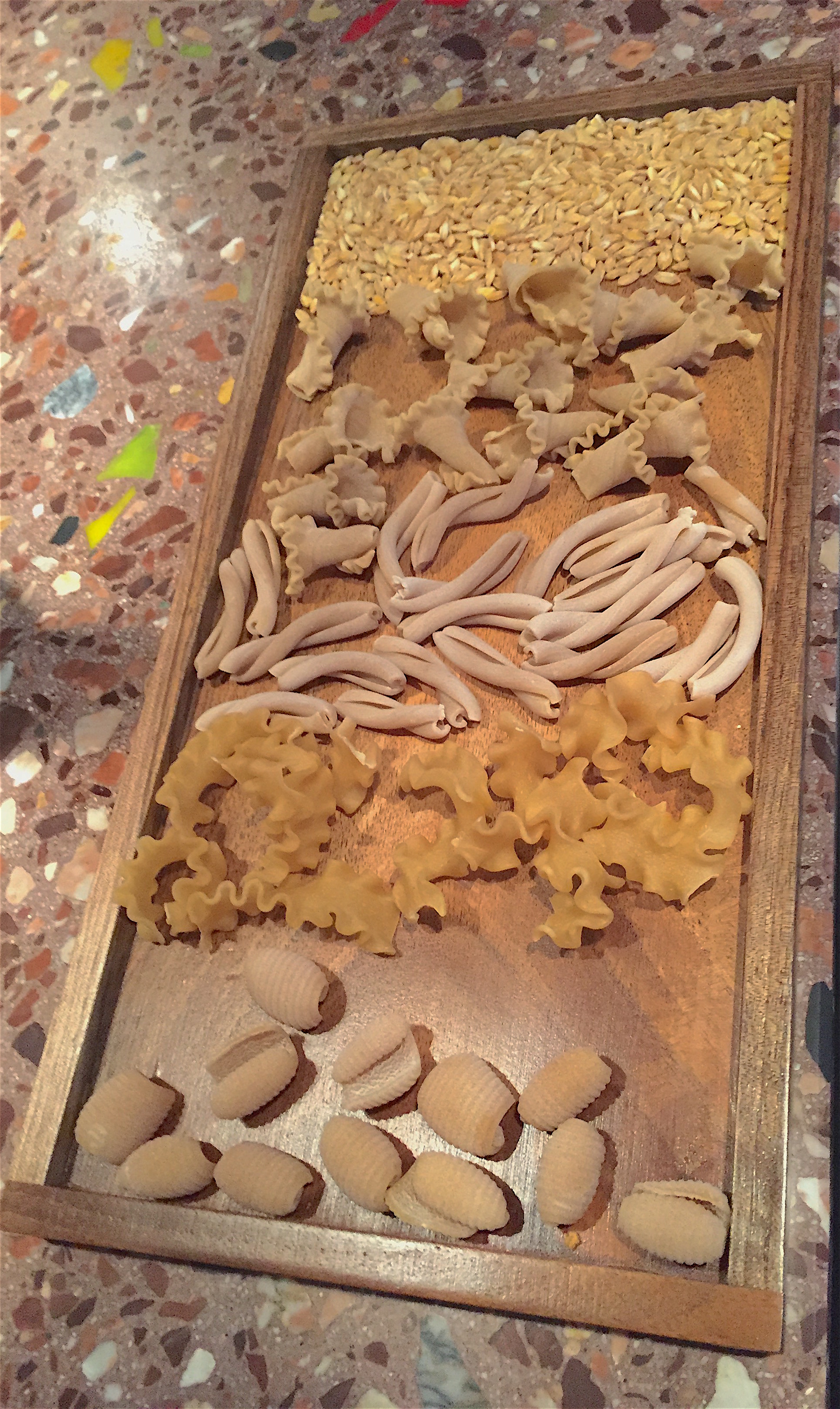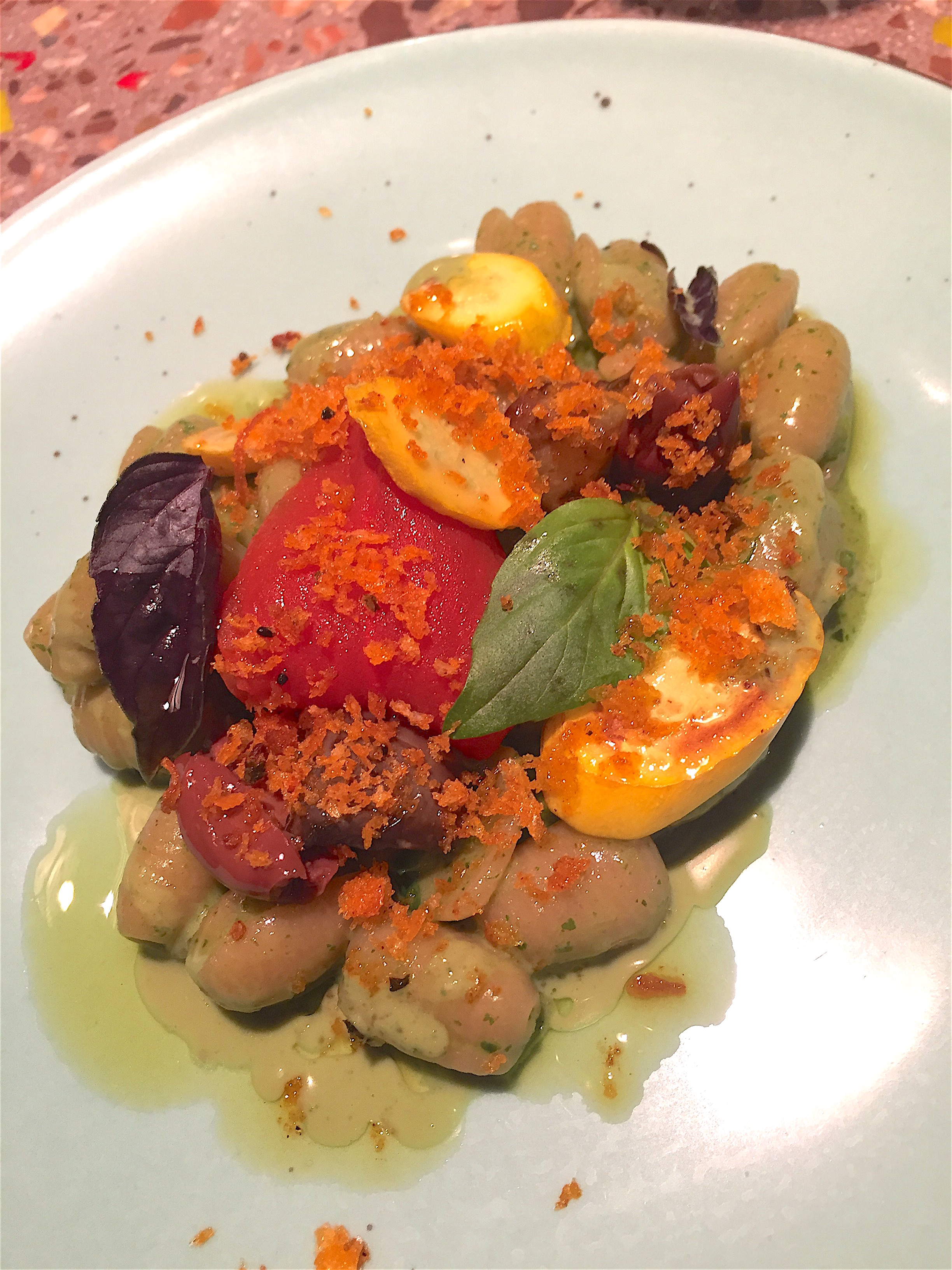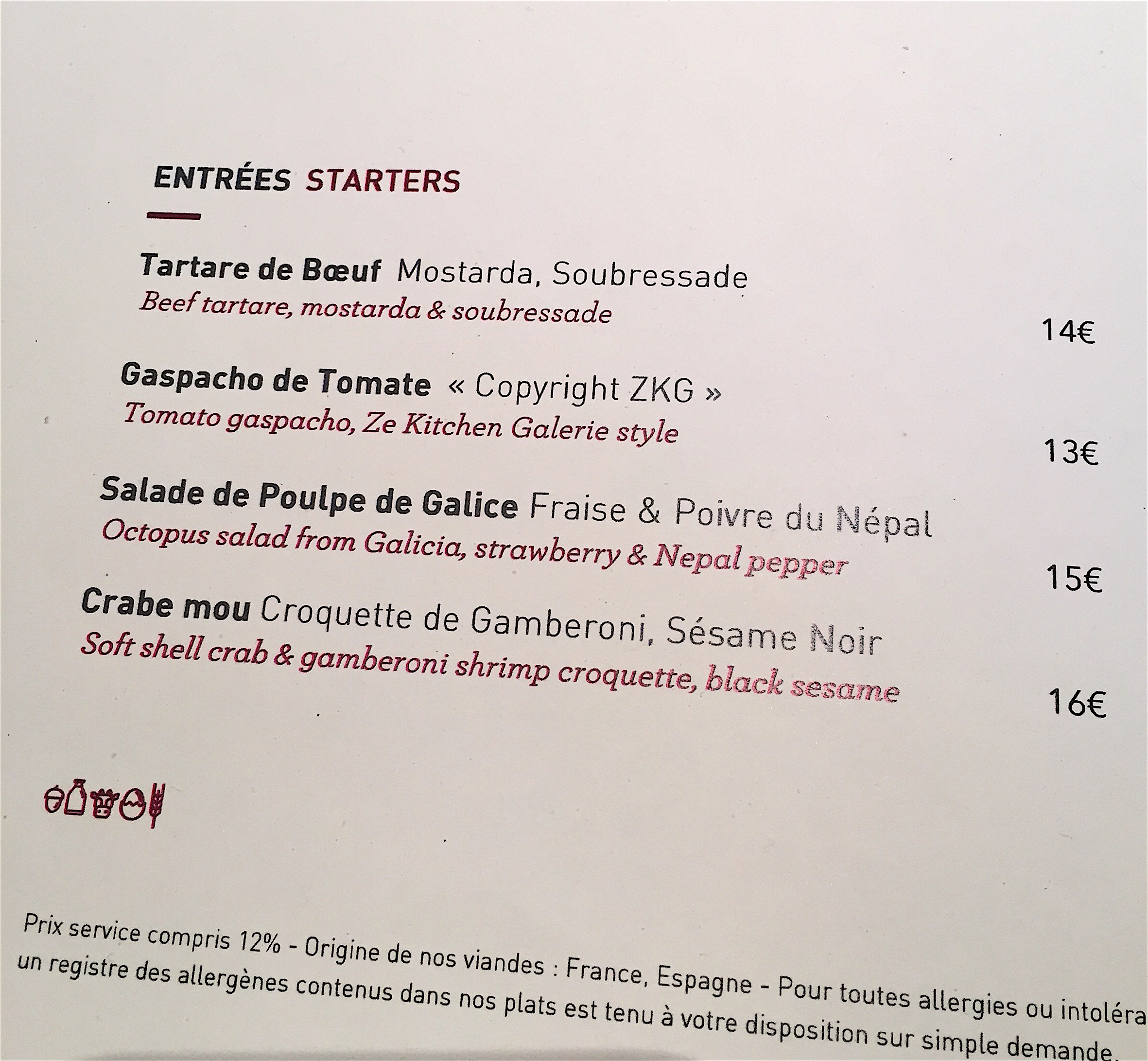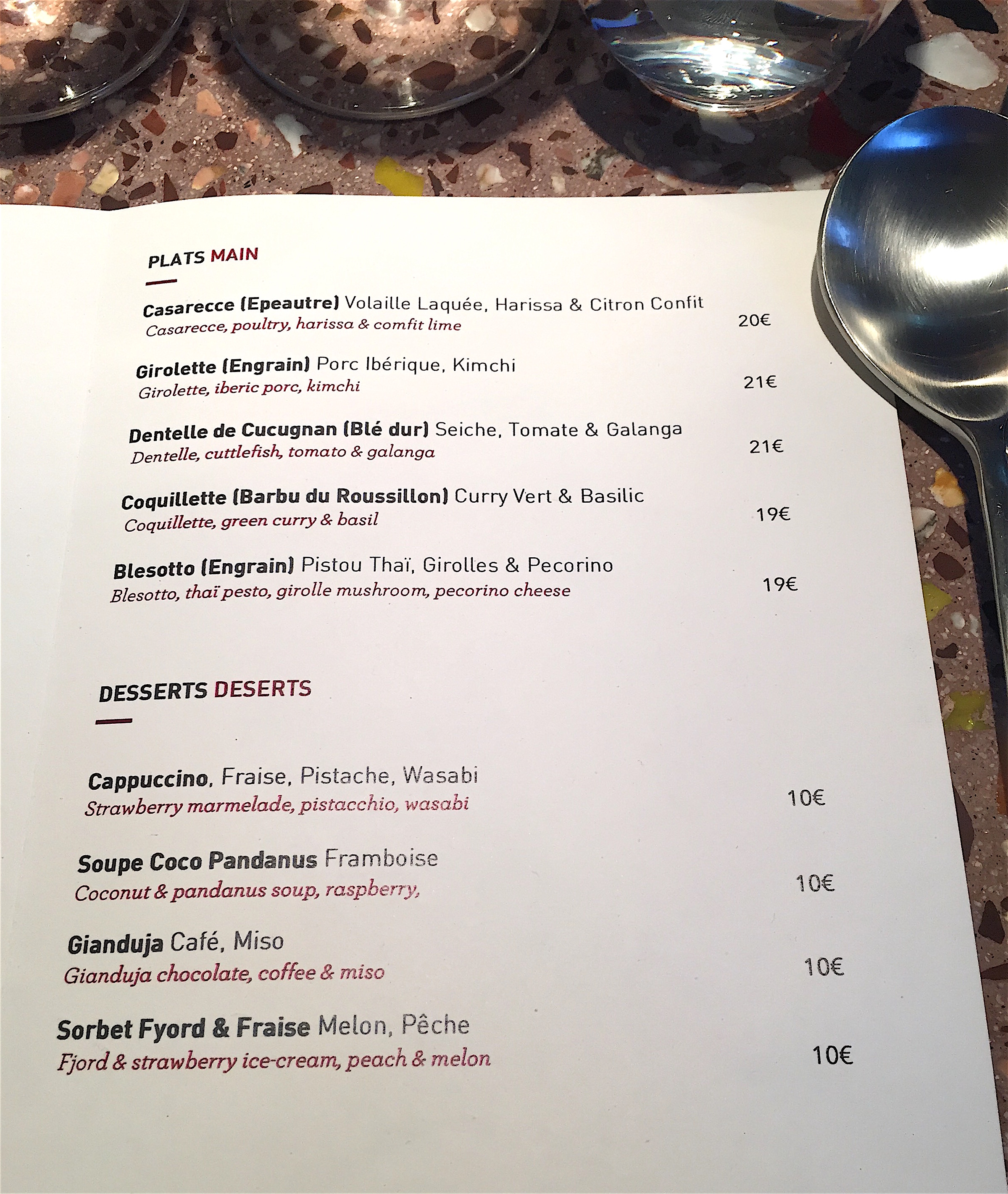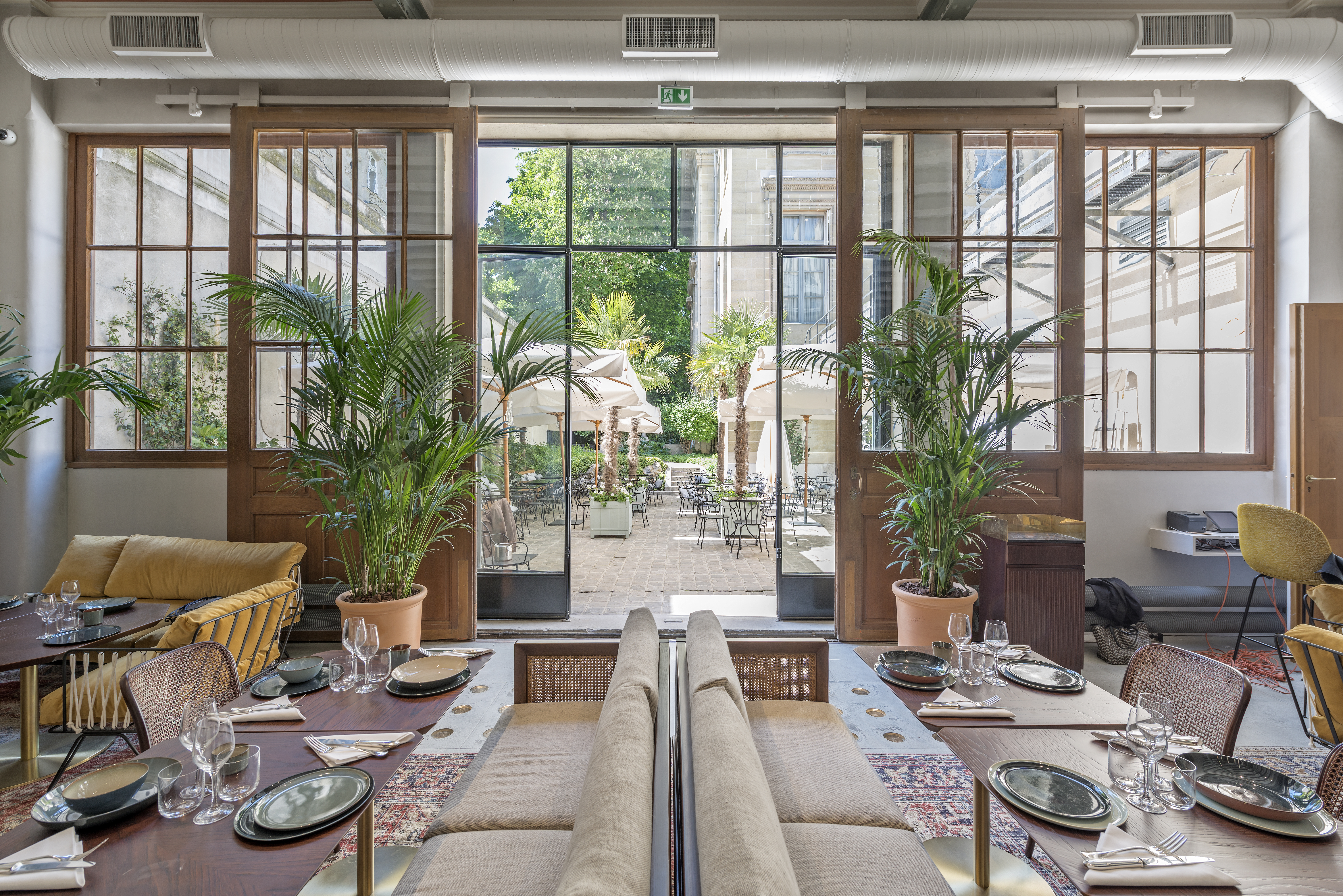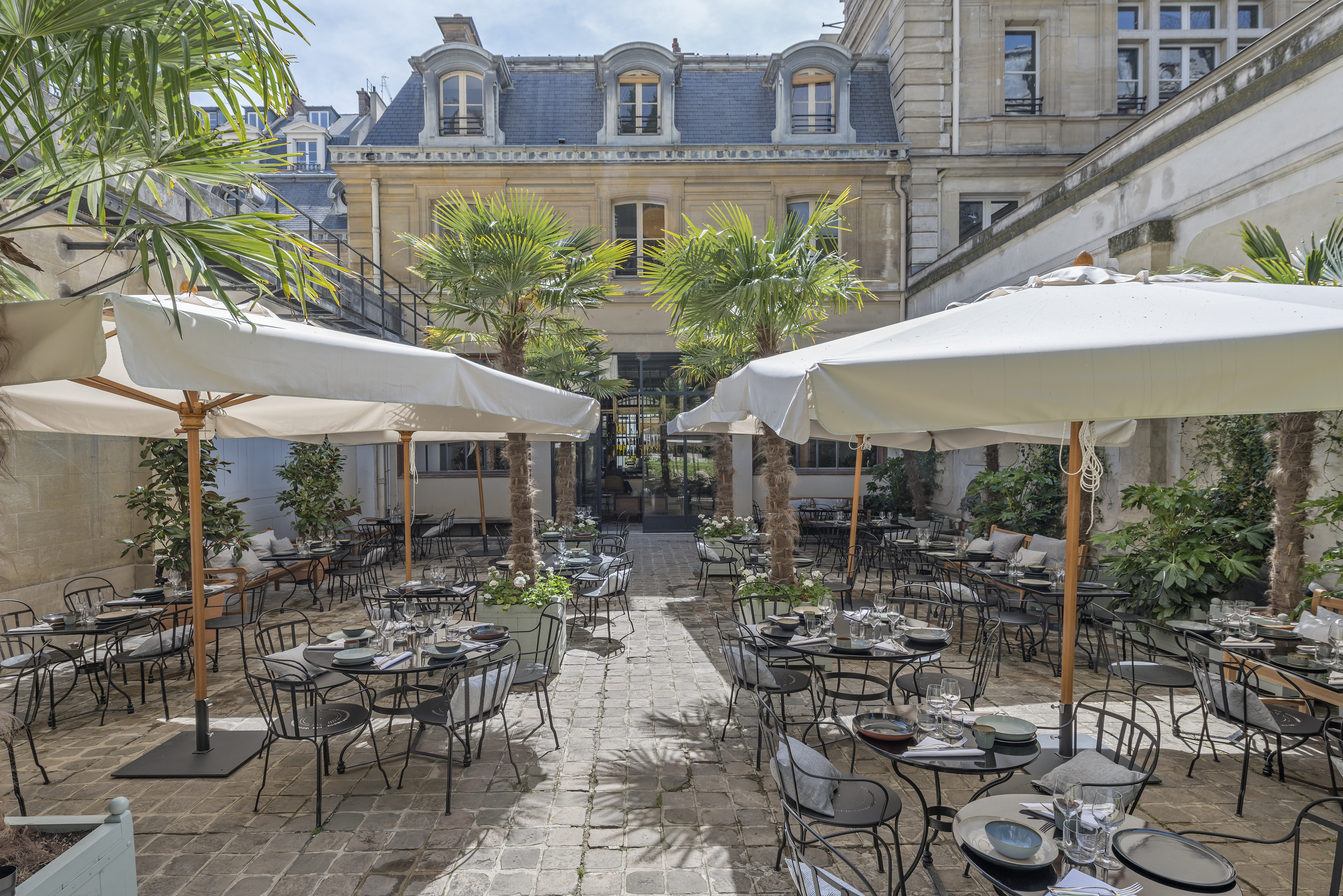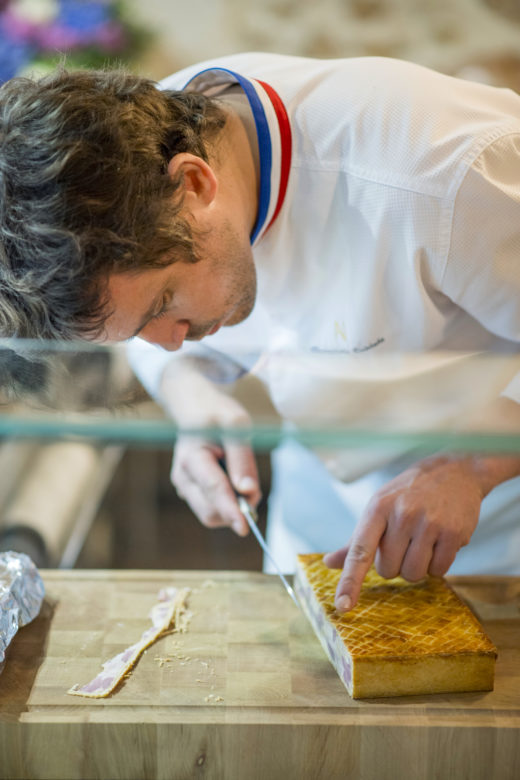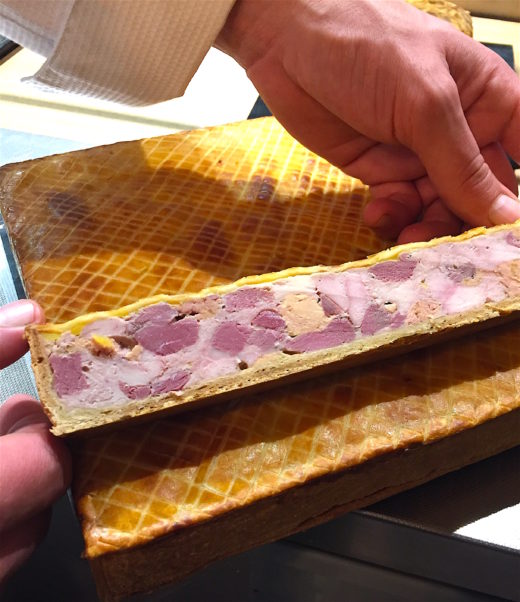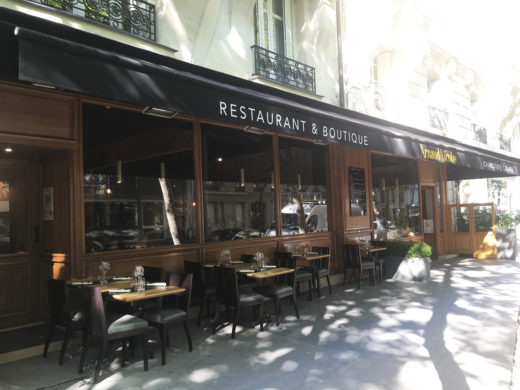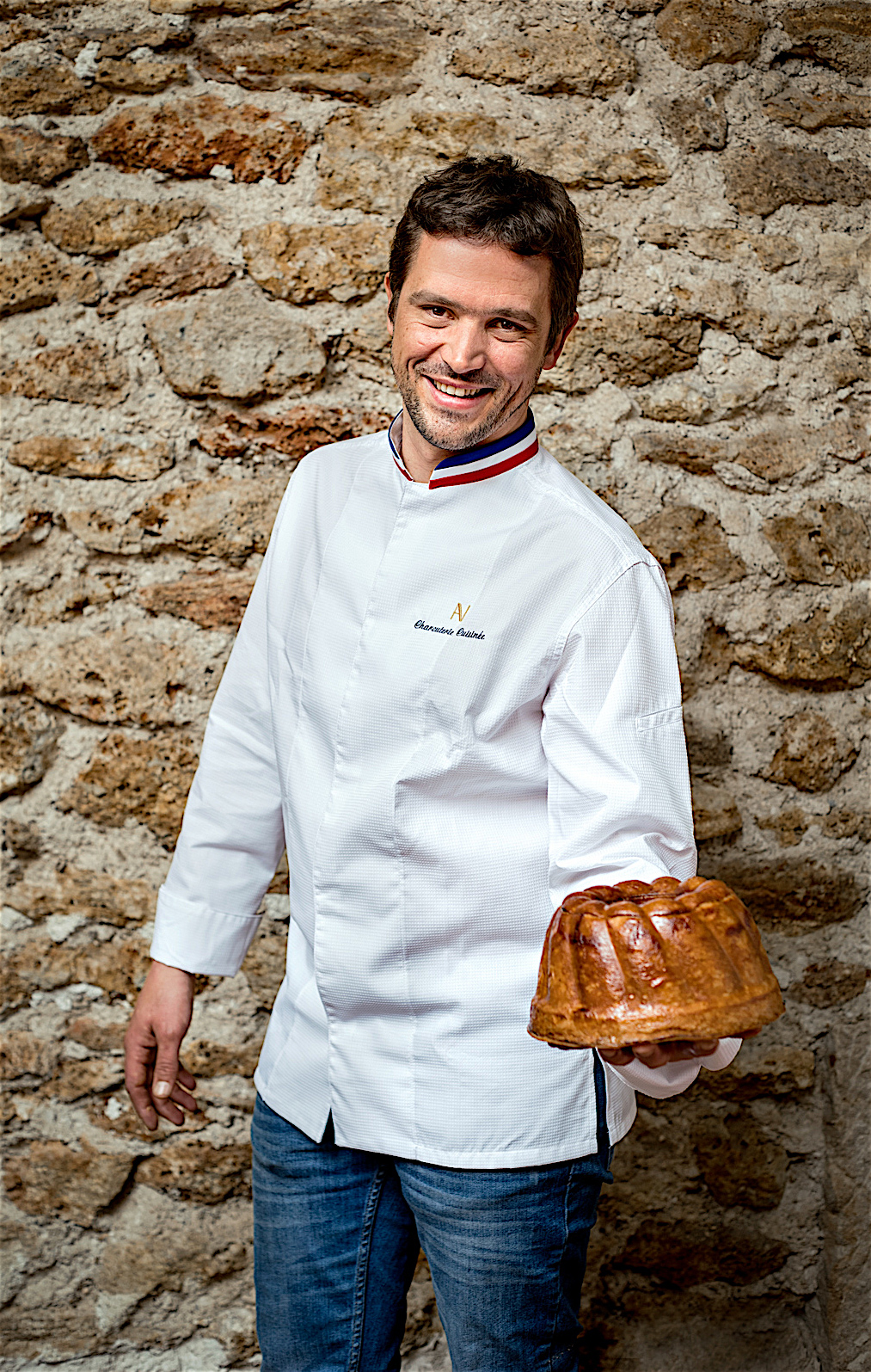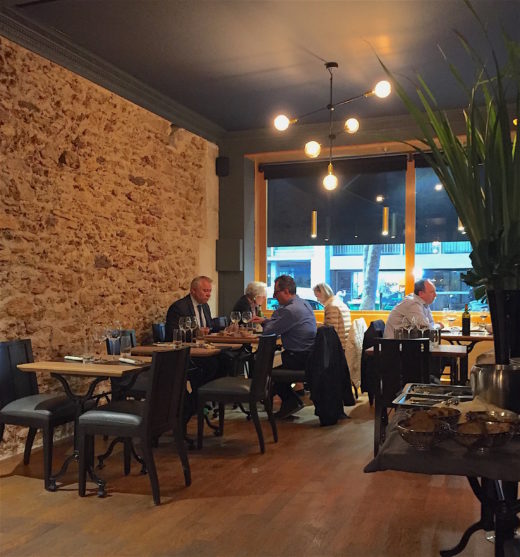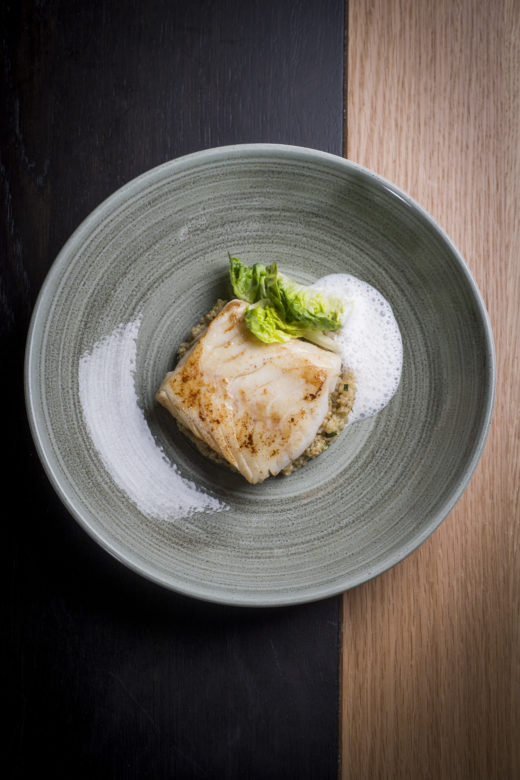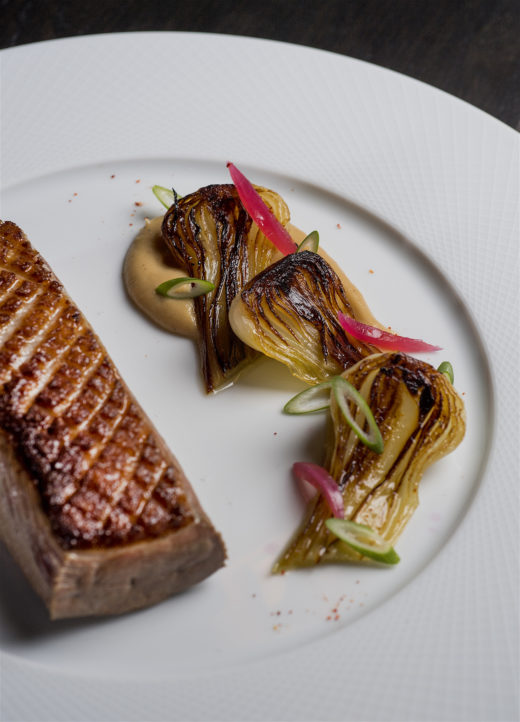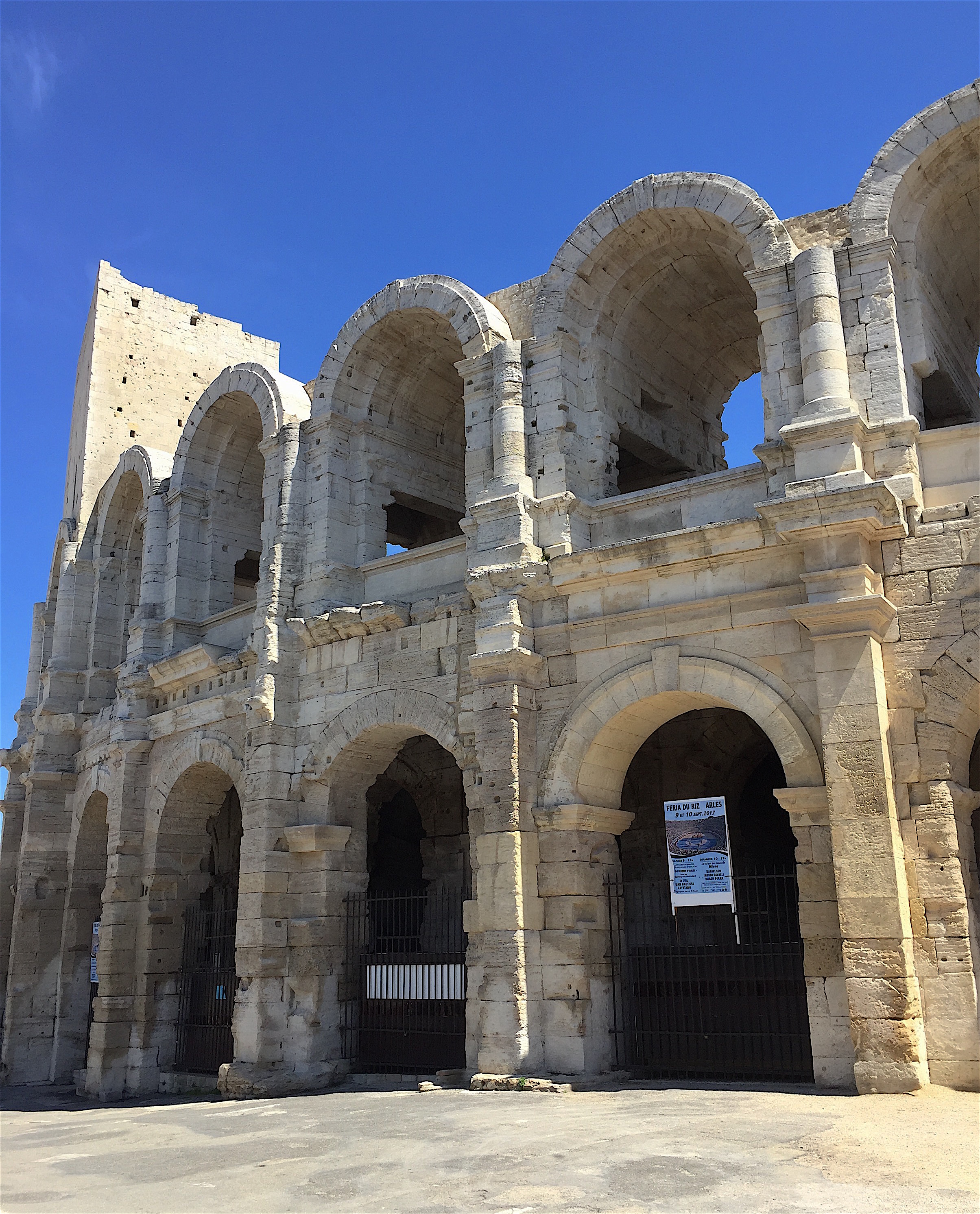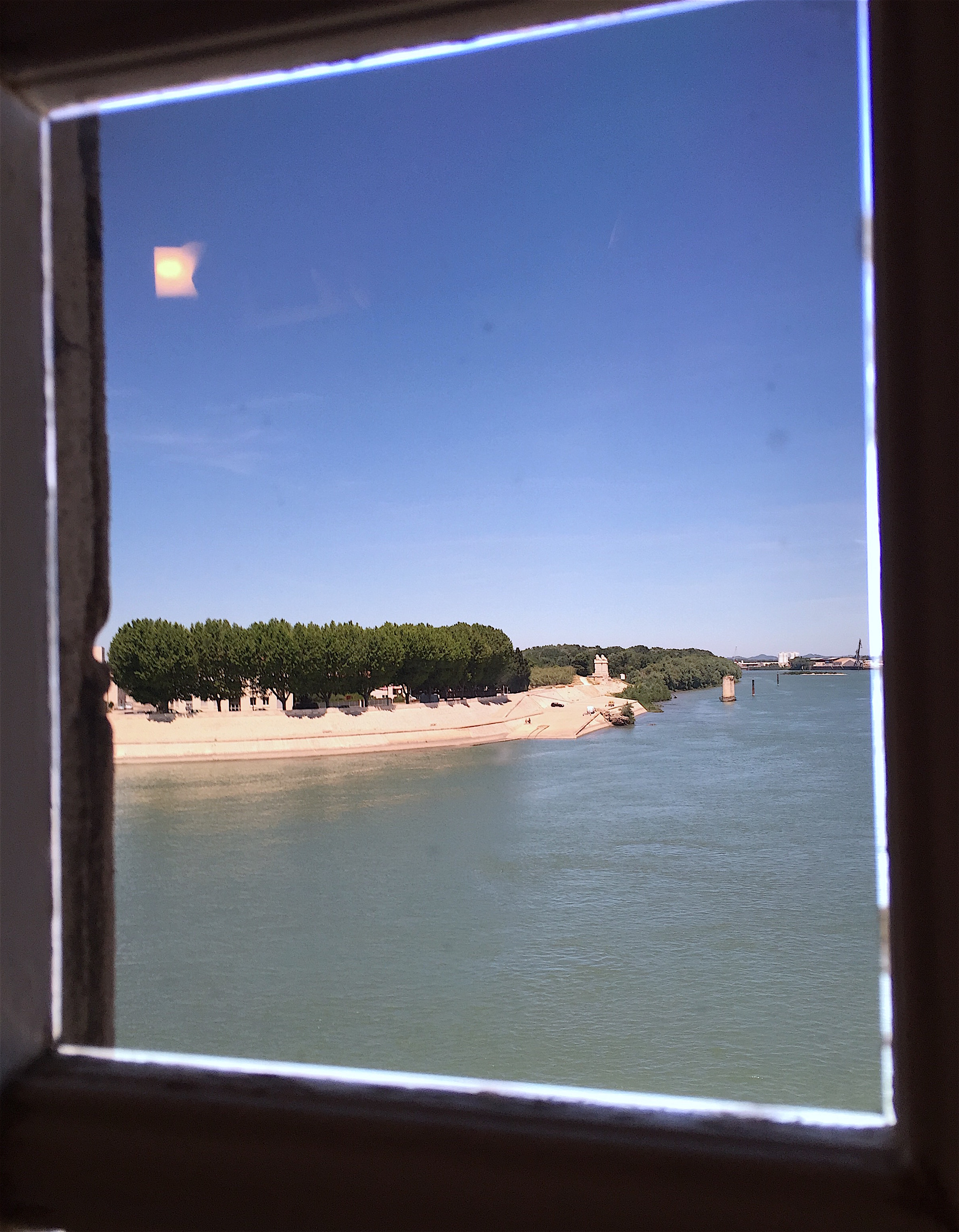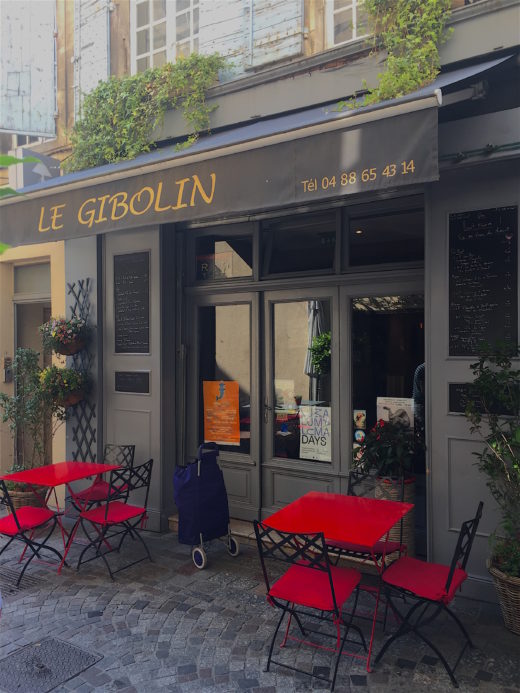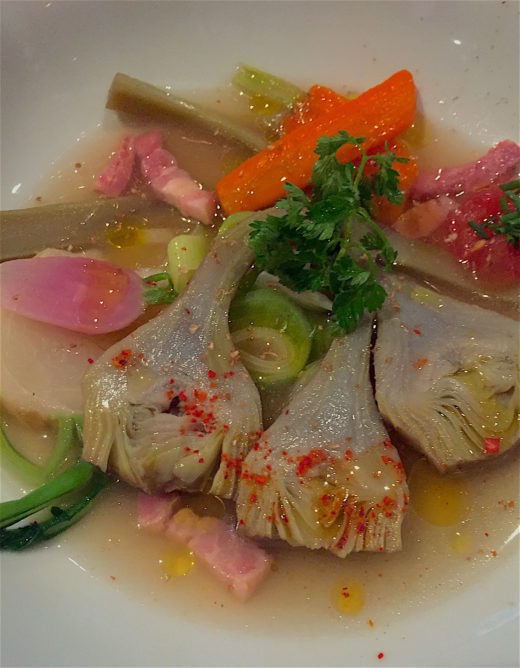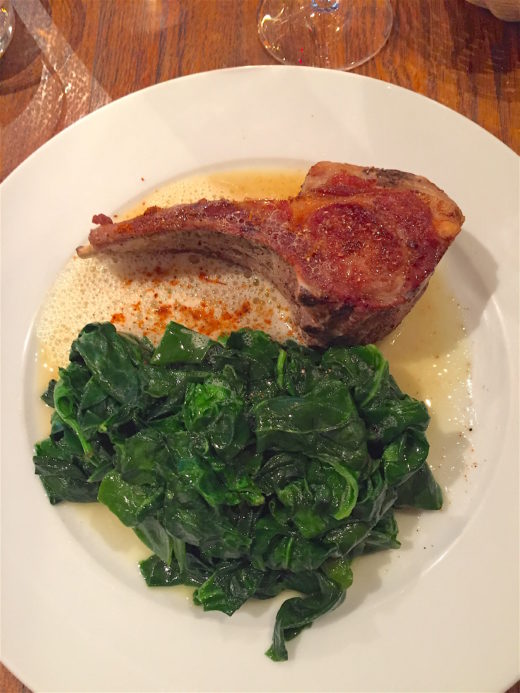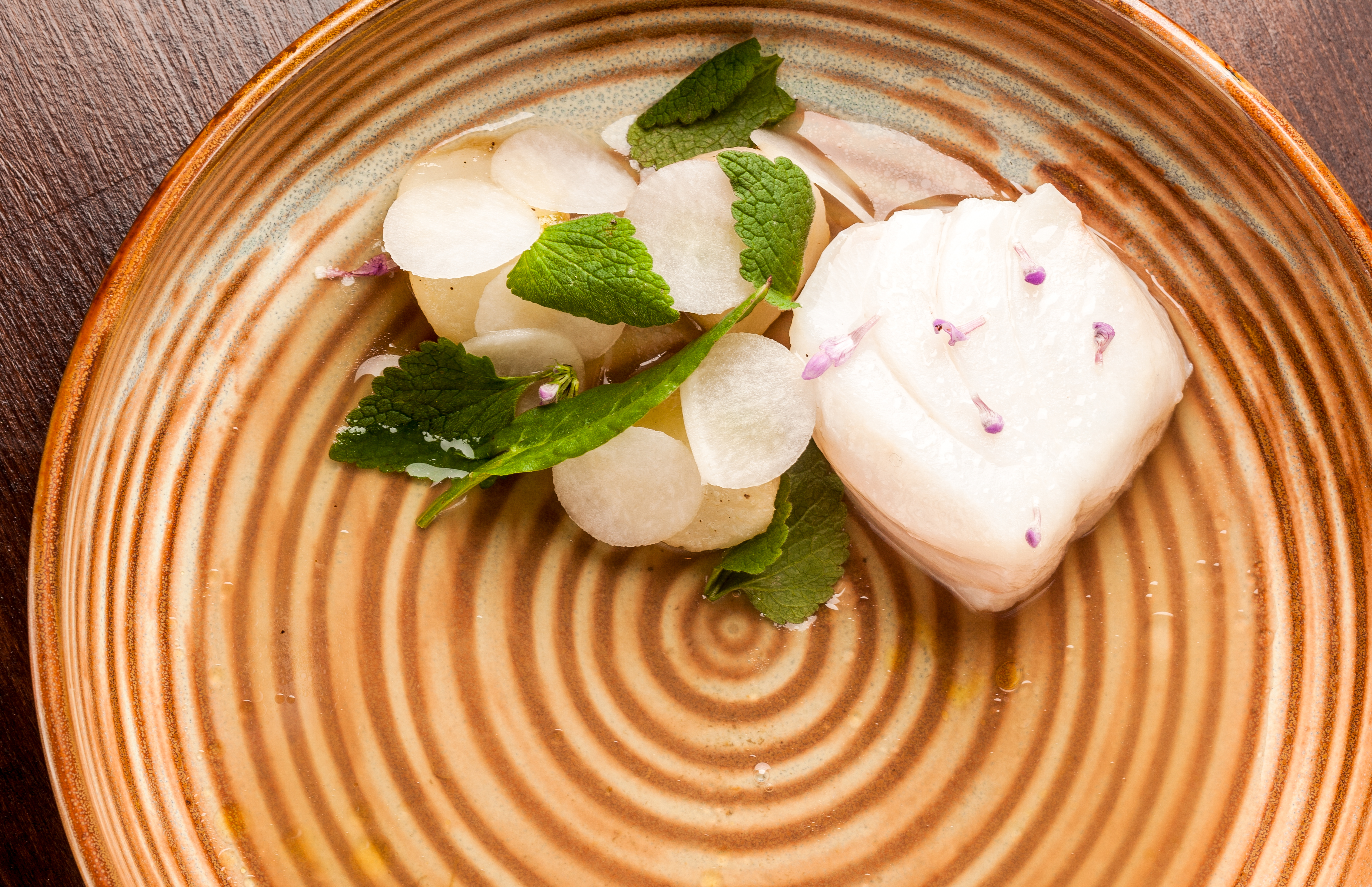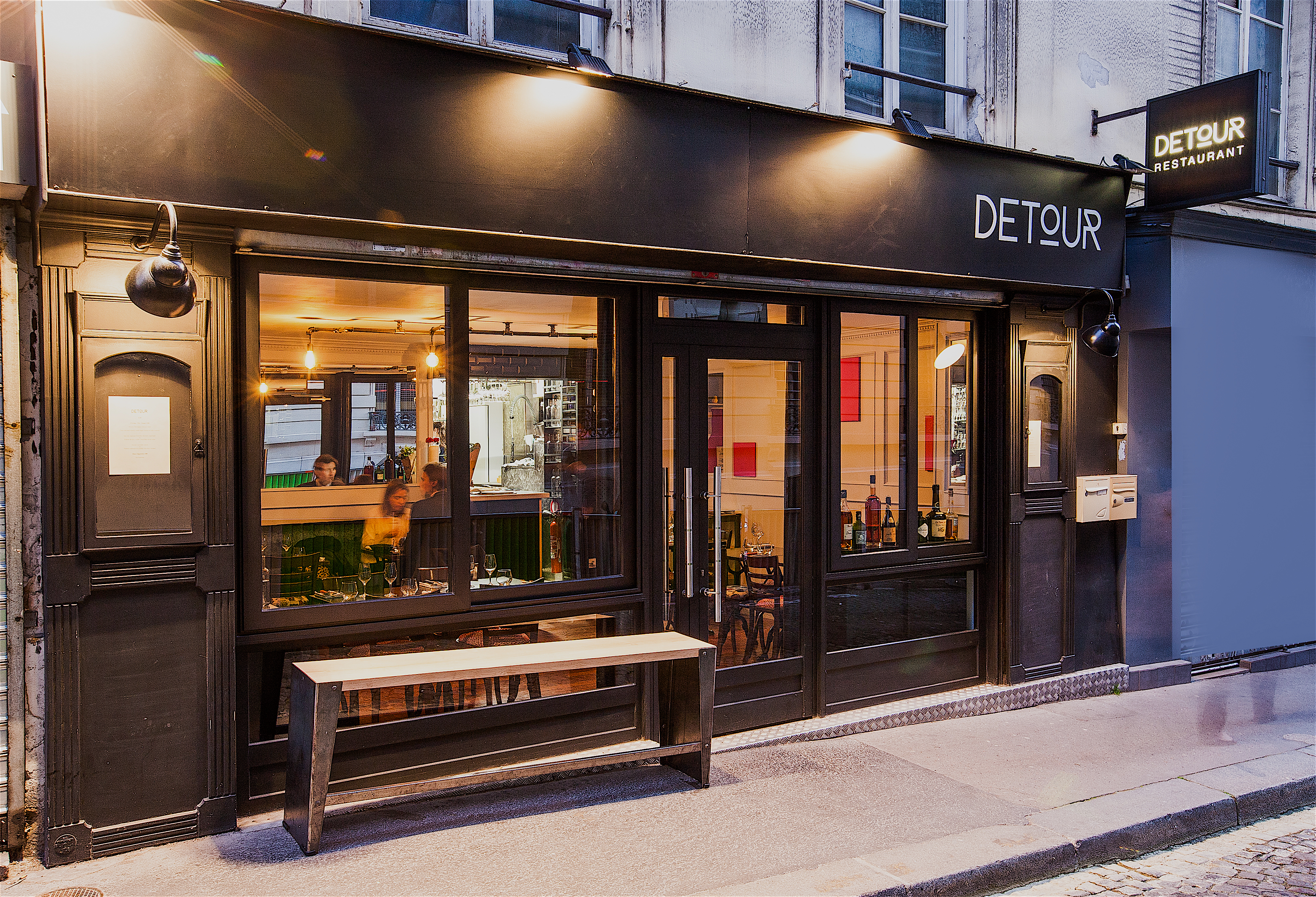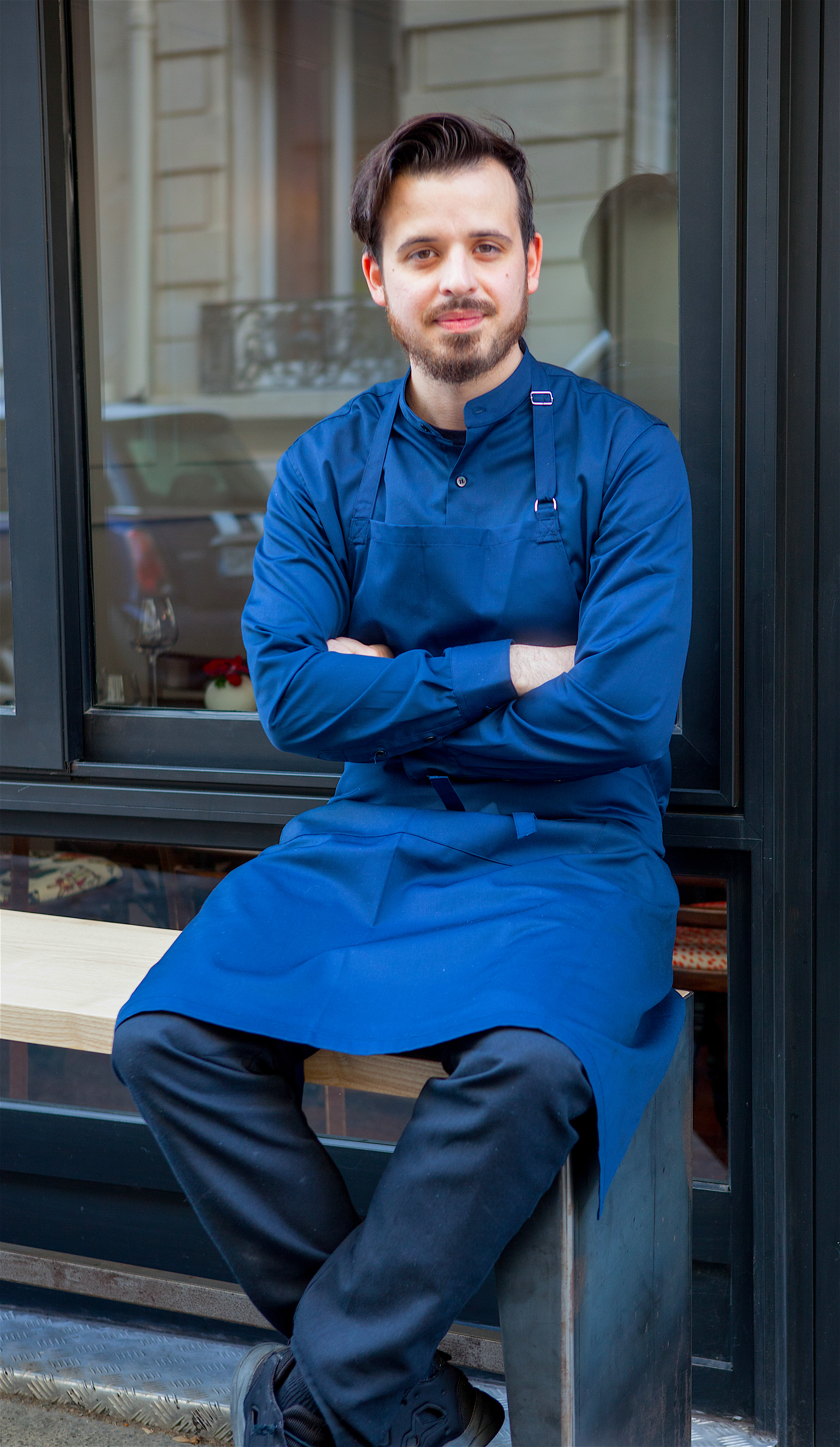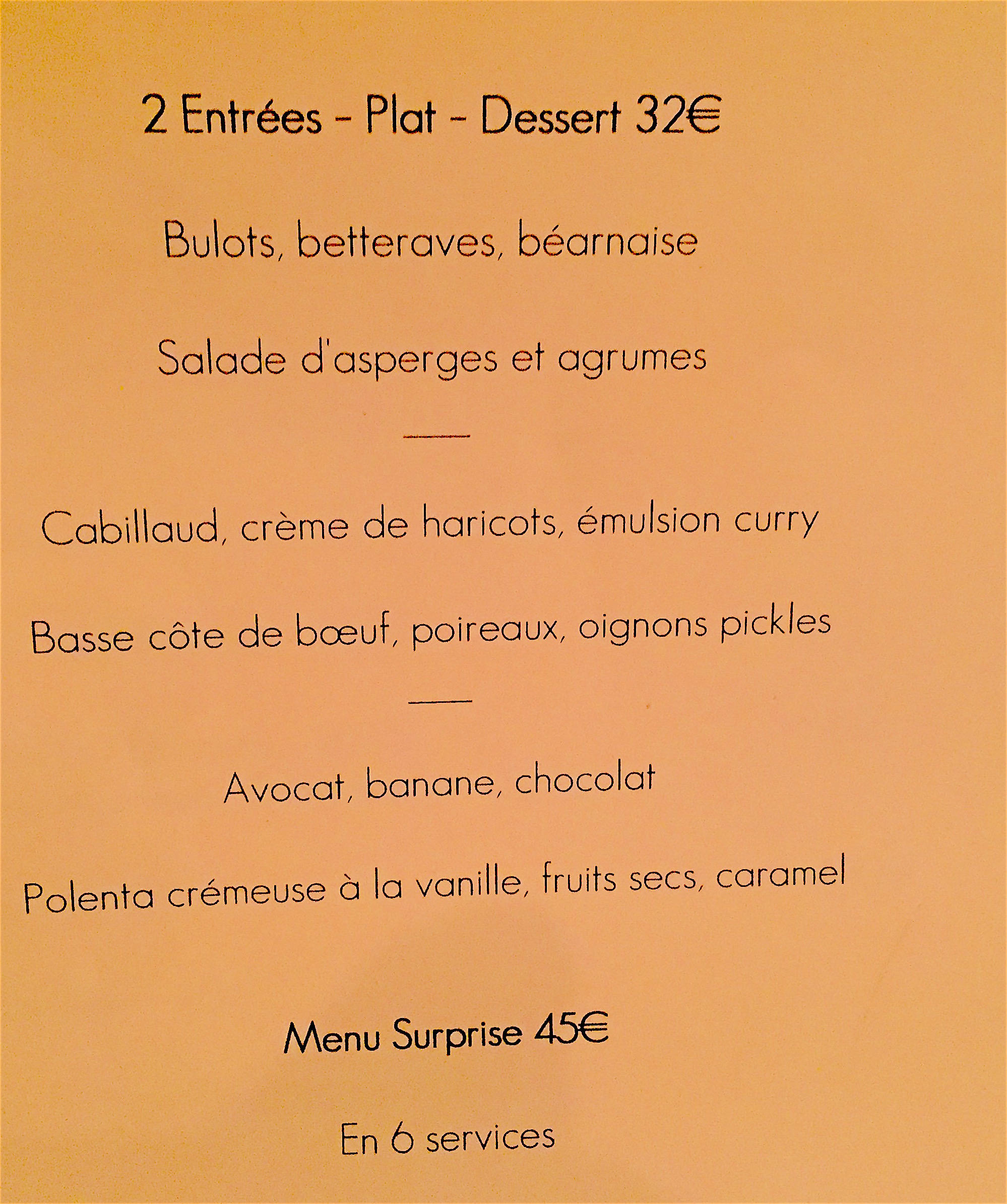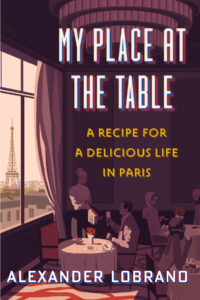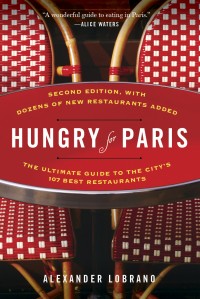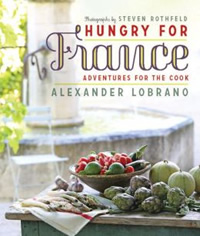Le Camondo is a perfect address for summer dining, too, since it has a spacious garden courtyard terrace. The modish contemporary French cooking by young chef Alexis Le Tadic at Le Camondo is pleasant; the service young, friendly and eager; and the people watching first-rate, but you’ll probably enjoy a meal here even more if you know something about the Camondos themselves, since the history of this defunct dynasty–the last Camondos perished in Auschwitz in 1944, is worthy of long brilliant novel or a sententious documentary film.
The Camondos were part of the Sephardic Jewish community in Spain before they resettled in Venice after the Spanish Inquisition in 1492. They later moved on to Istanbul, where they founded Camondo & Cie, one of the greatest banks of the Ottoman Empire, in 1802. Eventually, In 1869, Abraham Solomon Camondo, the eighty-six-year-old patriarch of the family, followed his grandsons Behor Abraham Camondo (1829–1889) and Nissim Camondo (1830–1889) to Paris where they had settled and were successful bankers.
On my way to dinner here on a recent wiltingly hot night, I found myself wondering what the Camondos might have made of this restaurant. Would they have been appalled by the idea of strangers intruding on the sanctuary of their home, or amused that the most workaday parts of their mansion had now become one of the most fashionable restaurants in Paris. A bit of both, I expect.
Arriving, the welcome was cordial and seating was efficient, which provided further evidence of another welcome recent trend in Paris. To wit, the haughty dismissive service style that was pioneered by the Costes brothers at their various waningly fashionable addresses, including the Hotel Costes, Georges at the Centre Pompidou, and La Société in Saint-Germain-des-Prés, has happily been eclipsed by an accelerating return to the golden rules of good hospitality–manners, charm, attentiveness, humor, and efficiency, in Paris fashion restaurants.
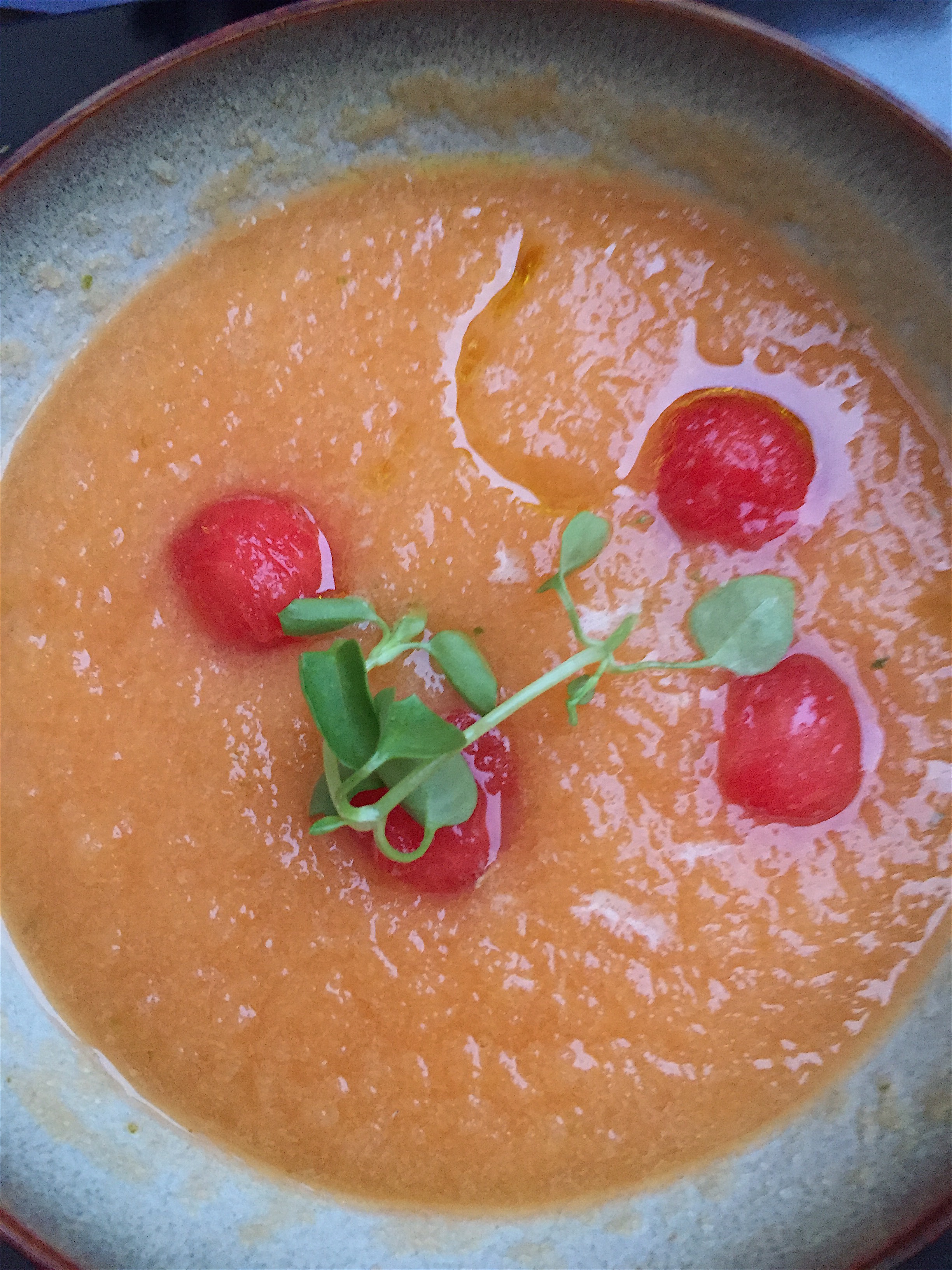
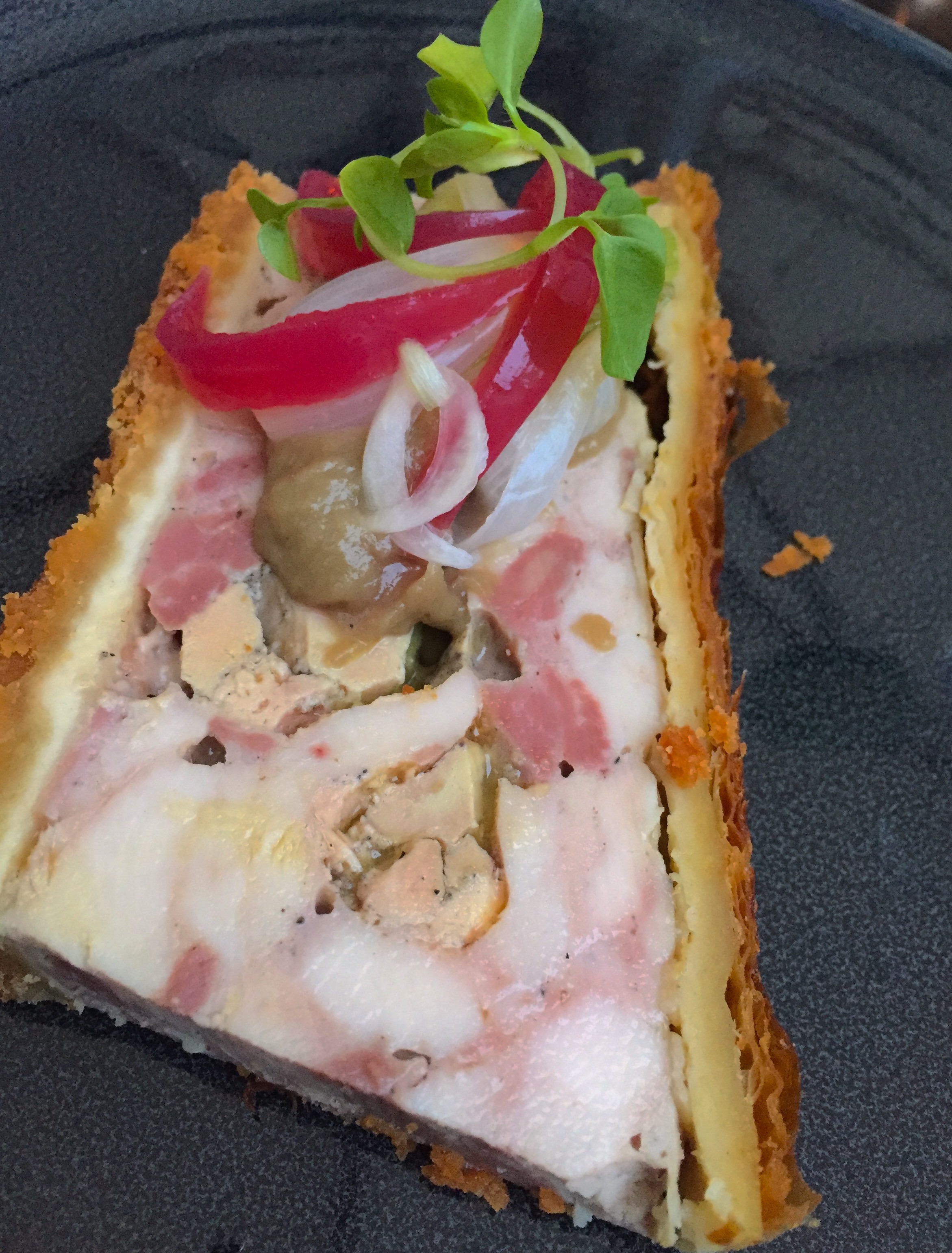
Heat wearied, we started with cocktails, both of which were watery and weak, and a plate of very good twenty-month old Bellota ham that was a little the worse for wear from having been sliced ahead of time, and studied the menu. It was a toothsome run of dishes perfectly aimed at a hot summer night. Bruno began with a two-melon soup that was basically pureed cantaloupe garnished with balls of watermelon, and knowing that Le Tadic had worked with brilliant charcutier Arnaud Nicolas (he also cooked at Yves Camdeborde’s Le Comptoir and Jouvence, an excellent modern bistro in the 10th Arrondissement), I chose the pate en croute, which had a wonderfully crumbly crust wrapping an excellent pork terrine that was brightened by a garnish of pickled vegetables. Bruno liked his soup, but I found it rather plain, needing maybe some mint or piment d’Espelette to make it livelier and temper its sweetness. Still, this was summer-in-the-city food that made sense and had appeal.

